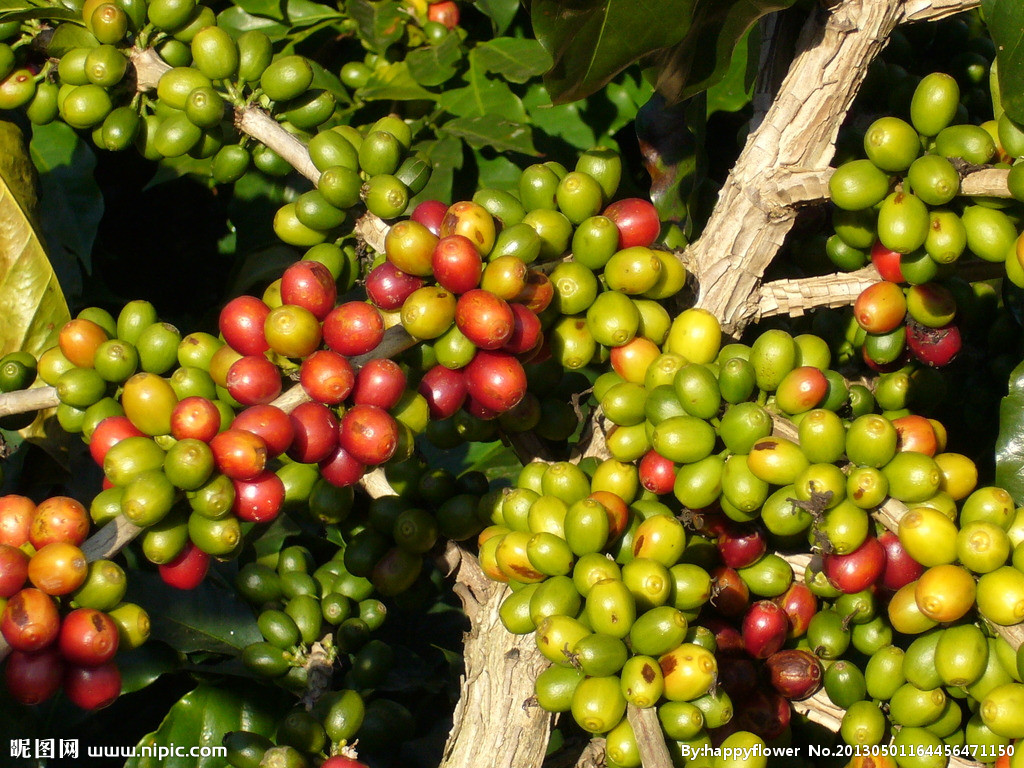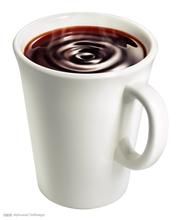Nicaraguan honey treats red bourbon boutique coffee Jim Molina Manor
The term "fine coffee" was first put forward by Ms. Knudsen of the United States in Coffee and Tea magazine. At that time, Ms. Knudsen, as a coffee buyer of B.C. Ireland in San Francisco, was very dissatisfied with the neglect of the quality of raw coffee in the industry, and even some big roasters mixed a large amount of Robesda beans in the comprehensive beans, so she put forward the concept of fine coffee to advocate the improvement of the quality of the industry. This term is used to describe coffee beans with distinctive flavor characteristics that grow in a special environment. Its use in international coffee conferences makes it spread rapidly.
Nicaragua (Nicaragua) aroma 3.5 minutes brightness 4 minutes mellow 3.5 minutes flavor 4 points aftertaste 4 points
Suitable for baking: City/Full city people who like deep-baked taste can try Jinotega and Matagalpa, baking beans when the second explosion is dense, when the flavor is thick but well balanced, with a strong bitterness and sweetness, it is very suitable for Espresso. Of course, Nicaragua beans are also very suitable for medium baking, so it is recommended to try them all.
Like most Central American coffee-producing countries, Nicaragua has good growing conditions. Most of the high-end coffee beans come from high-altitude estates, and these beans represent "SHG grade" (Strictly High Grown). Most of Nicaragua grows traditional coffee varieties, such as Tibica, Bourbon, National Treasure Coffee, etc., as well as some Caturra coffee trees. High-end Nicaraguan coffee has the most classic flavor of coffee: thick texture, clean taste and overall balance. SHG is the only coffee in Central America without sharp acidity. Nicaraguan coffee is often underestimated, such as Sinotega and Matagalpa, which are better than many Colombian coffees, while Segovia is also good, somewhat similar to Mexico's Oaxaca.

Important Notice :
前街咖啡 FrontStreet Coffee has moved to new addredd:
FrontStreet Coffee Address: 315,Donghua East Road,GuangZhou
Tel:020 38364473
- Prev

Introduction of Wiki Valley in the coffee producing area of Papua New Guinea, a coffee producer in Oceania.
The production of coffee is not very high, and its coffee beans are carefully washed Arabica beans. Generally washed coffee beans are full of bright fruit aromas, but do not have a strong acidity. It is characterized by a silky soft taste and excellent aroma, moderate acidity, and is a relatively rare variety of high-alcohol and medium-acidity coffee, whether it is used for blending.
- Next

Introduction of coffee producing areas in Nicaragua-Matagalpa producing areas
Selva Negra farm means "Black Forest". In this corner, you can not only hear the screams of howler monkeys, but also see the giant mouths breathing on the pole. Because it is located at the entrance to the Matagalpa producing area of Nicaragua, it is much easier to wait for other areas in the mountain area, so the farmers here feel worried about their planting life. 1890
Related
- Does Rose Summer choose Blue, Green or Red? Detailed explanation of Rose Summer Coffee plots and Classification in Panamanian Jade Manor
- What is the difference between the origin, producing area, processing plant, cooperative and manor of coffee beans?
- How fine does the espresso powder fit? how to grind the espresso?
- Sca coffee roasting degree color card coffee roasting degree 8 roasting color values what do you mean?
- The practice of lattes: how to make lattes at home
- Introduction to Indonesian Fine Coffee beans-- Java Coffee producing area of Indonesian Arabica Coffee
- How much will the flavor of light and medium roasted rose summer be expressed? What baking level is rose summer suitable for?
- Introduction to the characteristics of washing, sun-drying or wet-planing coffee commonly used in Mantenin, Indonesia
- Price characteristics of Arabica Coffee Bean Starbucks introduction to Manning Coffee Bean Taste producing area Variety Manor
- What is the authentic Yega flavor? What are the flavor characteristics of the really excellent Yejasuffi coffee beans?

